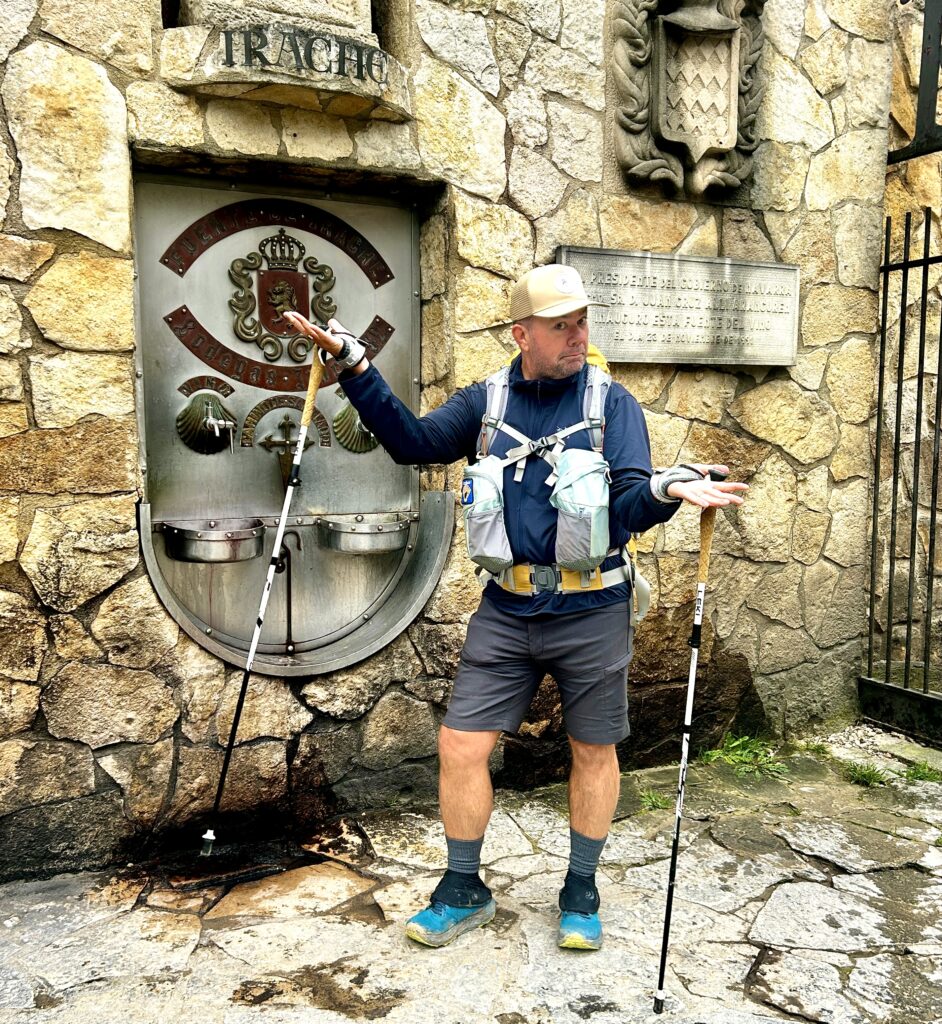I’ve been a beer guy forever. I love the taste, the industry and the social connection of sharing a beer.
In the middle of Covid lockdown in Amsterdam in July 2020, I realised I didn’t love alcohol. Well, that’s not the whole story — I didn’t like what I had become as a career drinker. I was overweight, unfit, and without much of a plan to take control and be better. So bored with boozing I went all-in on non-alc and started walking every day. The first goal was to drop 50kgs, the second to work out what to do after a 25-year career with Heineken.
The choice to go alcohol-free was not hard. Alc-free beer in the Netherlands is already over 9% of total beer. Across Europe there are regional non-alc beers styles that are worth trying. One of my first and favorite non-alc IPAs was Playground by Vanderstreek Brewing — a huge hop hit of intense and dimensional hop character. Then followed the great non-alc beer hunt for German wheats, Abbey ales, fruit sours, grapefruit IPAs, and milk stouts. I went to a big beer competition in Sweden where Big Drop’s Galactic Stout 0% won the best beer in the whole competition!
Once I started, I was totally hooked and it gave me the belief to start State of Play brewing on my return to New Zealand.
Catching up fast
While New Zealand was late out of the blocks with alc-free we have caught up fast thanks to a craft scene big on naturally-brewed taste. Most alc-free beers in Europe have alcohol removed using vacuum distillation. The reason New Zealand independent beers taste so good is the use of low-attenuating yeasts that retain the characters of a fermented beer without the mechanical intervention. In 2021, non-alc beer made up 1% of total beer sales — now it’s nudging 4%.
Like many small business owners, after three years running a start-up, I needed the space to think, reflect, and plan for the next three years.
So I thought: “How about heading back to Europe to drink a lot of beer and go for a really long walk!”
Preparing for the Camino Trail
In May 2024, I booked a one-way ticket to Spain for the following March. The challenge was to spend 34 days walking 800km along a 1000-year-old pilgrimage called the Camino Frances. This gave me 10 months to prepare the business to run without me, to prepare physically for the challenge and to work out the questions I needed to answer for the next three years’ growing State of Play.
Spain is a market that is already 15% non-alc. Being there gave me clues how the NZ market might evolve. Believing this is where the trend will take us makes it easy to be bold — growth is the only option.
The Camino Frances is thru-hiking, where you walk around 25km every day to the next town where accommodation options start at €10 a night and a meal will set you back around €8. The route passes through villages that millions have visited and all are prepared to host weary, thirsty pilgrims.
I sent a dozen State of Play beers to the end-point in Santiago and departed from a small town in France on the other side of the Pyrenees called Saint Jean Pied du Port on March 20. It was early spring and all my necessary possessions were in a backpack weighing 9kg.
The Spanish beer scene
Spain is lager-land, so there’s not much for the hop heads, but it is beer country. No RTDs or premix cocktails — it’s big-group beer-drinking and it was just wonderful to be part of. It all happens in the bars not the homes — that’s a big difference to New Zealand.
In the warm climate, an ice cold cerveza is heavenly, and they’re everywhere, cheap, and high quality — and that’s just the non-alc draft and bottles!
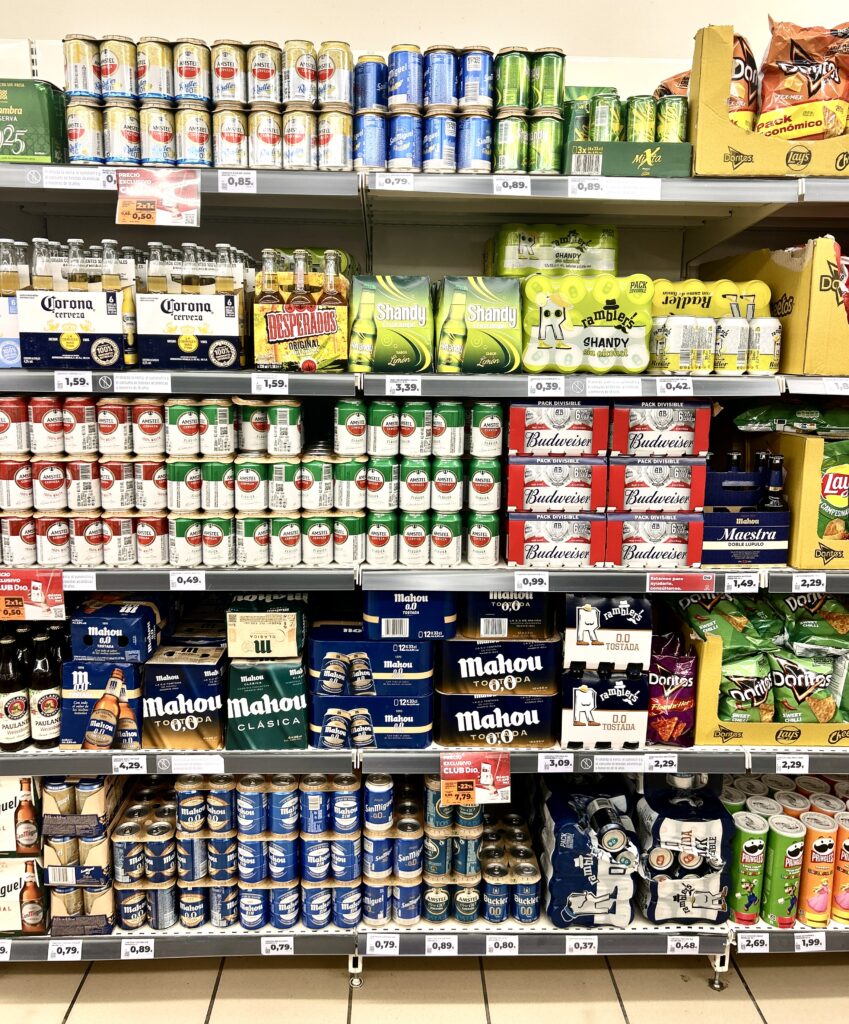
In each town I would hunt out the craft beer scene — not the bars touting for tourists, nor the fancy gastropubs or hip high street venues. No, I looked for the places that have been around a while, good-dirty and all-welcoming. Like it was in New Zealand, back in the day.
Spain showed that non-alc beer is just another beer — it’s not complicated. Non-alcs are a must-stock item that gets more people out, has them staying longer and drinking more (and better). Having good choice is what customers demand. Spanish zeroes tick a lot of boxes and it’s very cool to see lots of young people drinking beer. They demand zeros.
How the beer scene changed over the month
The Camino travels through distinct regions with their own flavour — generally, as we walked west the beers went from lagers to maltier brews: tostadas (ambers) that were full of body.
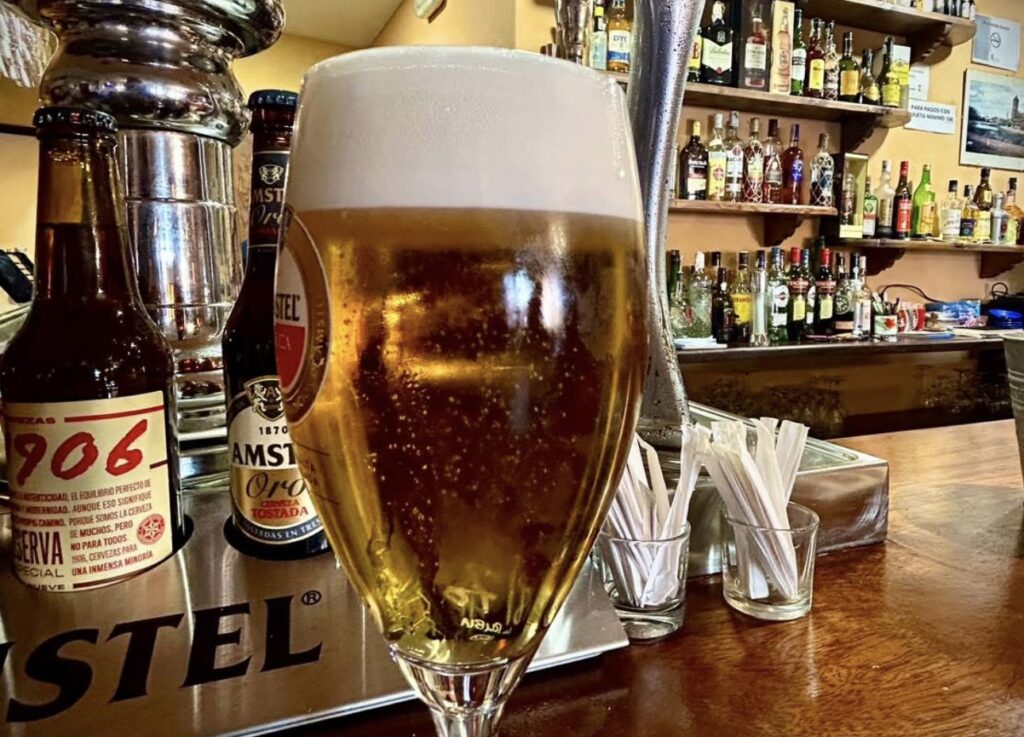
As we travelled from Pamplona, to Logrono, Burgos, Leon, Sarina and finally, Santiago, each local brew and bar culture had a unique signature. The craft beer scene rarely went over 5%. Long beer sessions were common but rarely did you see anyone off their face drunk. The beer marketing communication is about localness and regional pride. All-malt brewing was a key message. I didn’t see any mention of low carbs. Spanish beer brands are about belonging, regional pride and culture.
There were lots of non-alc draught options which are risky if not turned over within a week and served via with impeccably clean lines. Plus, the brewers of non-alc draught have favoured a brut yeast with mechanical vacuum distillation. The result is a dry/astringent beer that can have a metallic finish. I still enjoyed many pints over the month.
The important bar snacks also changed heading west. Pintxos then tapas, tortillas, seafood. Sometimes you buy them separately, sometimes they are part of the drink price, sometimes it’s hard to tell what you are buying. It was hard to get used to the bar opening hours. Mostly they closed from 3pm-7pm and towns only sparked into life around 10pm. By that time, I was tucked up in bed.
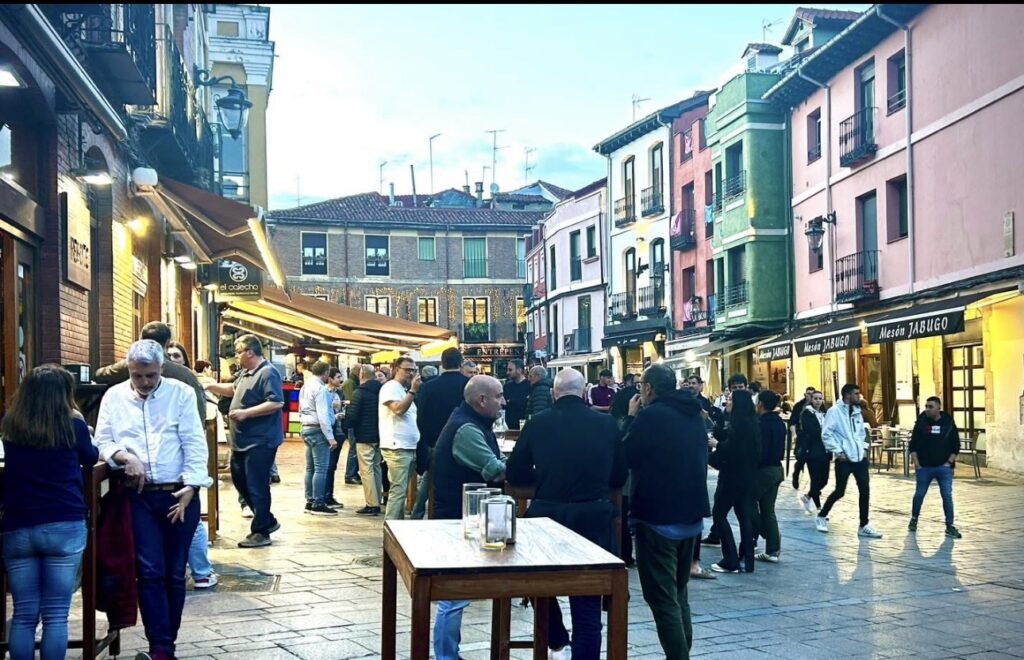
The stages of the Camino
After a week on the Camino, you form a Camino family, a group travelling together in the same direction. Once you master the daily system of managing the essentials — health, shelter, food and social connection — you relax into the experience, going deeper into the culture and enjoying each step rather than counting down the kilometres.
At this point, you know what works, and that you will get to the end (by now you will know if your knees will hold out and if the blisters will stay away). They say this first physical stage is over when you stop thinking it hurts all the time.
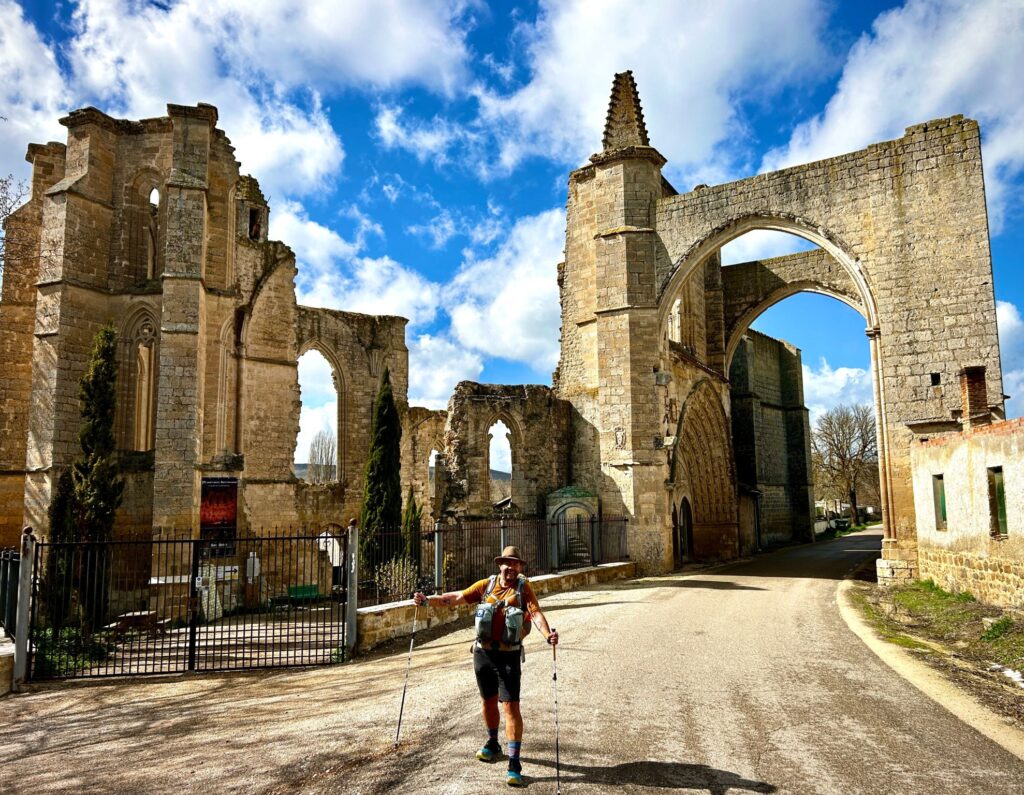
The second section crosses a large open territory called the Meseta — this is the emotional challenge. Long straight gravel trails. In spring, it was picturesque, in summer it’s heat bowl.
I enjoyed the solitude — deep in your own thoughts for consecutive days. This section ended in Leon, my favorite town. It’s hard to describe mix of emotions — amazed at what you have already done, but excited to get home and get busy, and the long list of all the things to stop doing or stop worrying about.
I managed my emails in 30 minutes each morning. I watched no news. Social media was replaced with real people. My watch told me the time. not when my heart attack was coming. All things I’m trying to continue when back home.
At the end in the Cathedral square in Santiago I picked up my State of Play beer stash from the post office. I gave them all to my walking companions except one I kepty for myself. That one beer was delicious in so many ways — and enjoying the rest with my Camino family even better. Then, like every other day, we went to the pub.
If you can get to the start line of the Camino that’s the hardest part. The rest will be the best thing you have done. The beers, the people, the enormity of what you can do day by day. Like me you will want to do it again — next up next year is the 270km Camino from Porto.
My reflections
Preparing for five weeks away was the biggest and best thing I could do as a small business owner. It was the best three-year health check for the business. The business is in better shape as I offloaded responsibilities and others improved the way it was run.
Spain is totally awesome and has great beer culture with lots of regional surprises — I went all-in and it only cost $115 NZD per day for all expenses.
There are plenty of beers at all levels of ABV – and no-one cares what your drink as long as you are at the table. Beer is fun and social especially under the sun.
Everyone should, if they can, walk a Camino.
I love dark beer more than I remembered and when I came back, we launched a non-alc chocolate stout so you can enjoy them too.
